Gokyo Lakes and Cho La Pass Trek: Find out What it is Like When You Trek Beyond Regular Everest Base Camp
Many adventurers believe that if you can’t climb Everest’s summit (an activity that is only feasible for most experienced climbers), then the only way to be closer to the Himalayas is by taking the trek of a lifetime to the Base Camp of Mount Everest (EBC) or Kala Patthar. But that’s not always the final point to get rewarded with Himalayan views. You can break your limits and choose alternative trek such as Gokyo Valley or Chola Pass trek, treks beyond regular Everest Base Camp Trek.
There’s actually an equally rewarding trekking route that will give you awe-aspiring scenery of not just Mount Everest but its cousin mountains as well, along with the magnificent views of different glacial lakes resting and glistening peacefully on the lap of the giant peaks.
Nestled in the heart of high Himalayas is a famous source of river system called Gokyo Lakes. This site features a string of incredibly beautiful and somewhat surreal lakes set against the backdrop of immaculate ice-covered mountains.
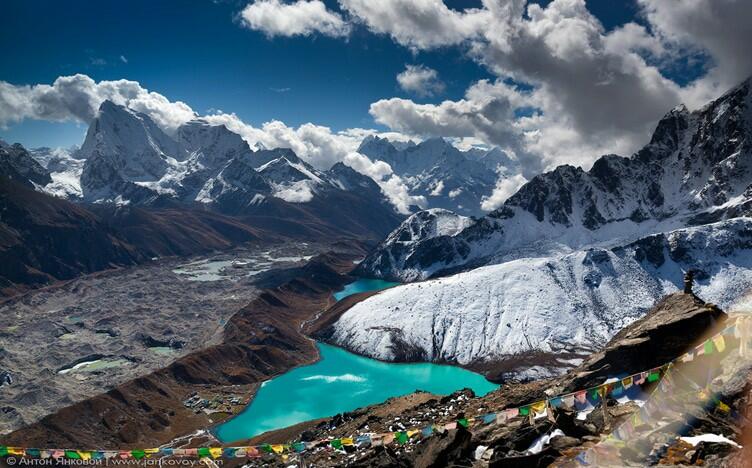
Gokyo Valley trek is part of an extended EBC trek and commonly hiked by people who don’t only have more time to trek but who are also braver enough to take up extra challenges. However, if you wish to skip Everest Base Camp and go directly to Gokyo, we at Mosaic Adventures also arrange that Gokyo Lakes Trek for you.
While Everest Base Camp & Gokyo Lakes Trek via Choa Pass trekking route has so many visual treats to offer to climbers, the trek can get more challenging that many adventure-seekers opt for this trek. In this journey, we add four more trekking days to our standard Everest Base Camp trek, passing through diverse landscapes and Sherpa villages while witnessing unique cultures.
If you wish to take up more challenges and “walk in off-the-beaten-path”, we highly recommend you to take the Gokyo route. Below are some of the things to learn about this trekking adventure.
Want more information? Send us your query, and our experts will get back to you within 24 hrs.
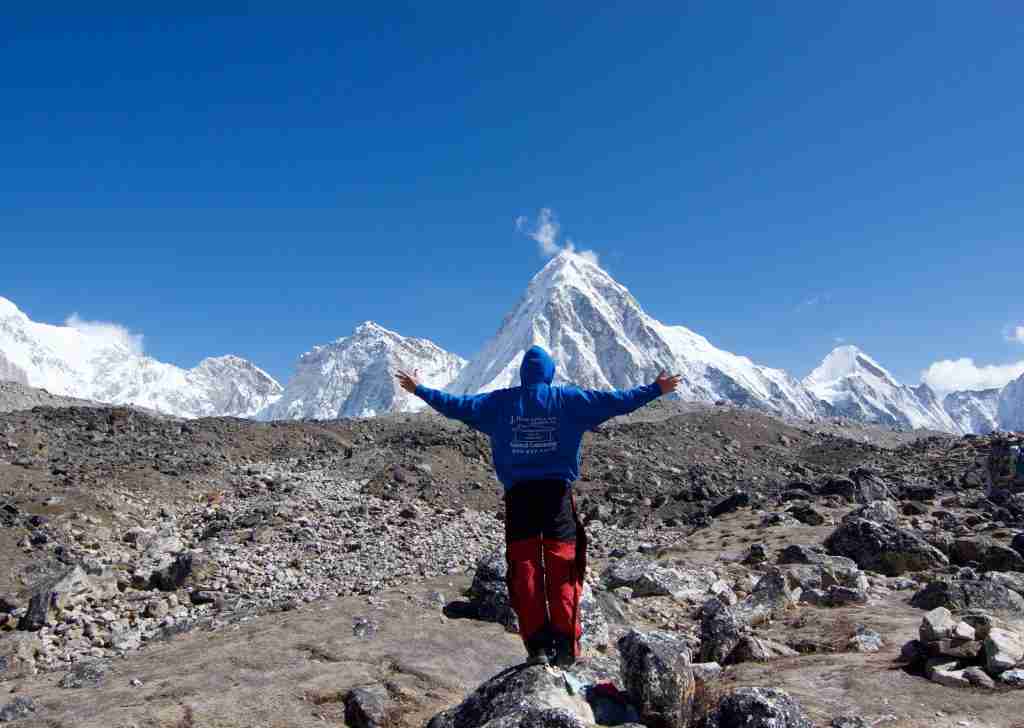
1. The trekking difficulty level increases as you go up.
We start our journey with a fairly easy trek. We begin through flat terrain and stone steps, passing through Sherpa villages.
The trail becomes moderately challenging as we go up to Namche Bazaar where we need to acclimatize.
Then, it continues to Cho La and becomes more challenging as you approach Gokyo at an altitude of 5,357 m/17,570 ft.
This is a difficult trek featuring hilly inclines and uneven ridges.
2. For international hikers, the landscapes are like no other.
The visual rewards you get in this trek are just like no other. And this is why taking this Himalayan journey is one of the most coveted pursuits of international adventure-seekers and climbers. As we go up, expect postcard-like landscapes on your journey from Lukla to Everest Base Camp.
But there’s a bonus! While trekking, we get to hear live—birds chirping along the way, greetings of friendly Sherpas, or footsteps of yaks and hopeful climbers.
We trek through suspension bridges over rivers and get to see the beautiful rhododendron forests and the beautiful Dudh Kosi River. Once we reach Namche Bazaar, we get our first sight of Mount Everest, along with the other mountains (Lhotse, Ama Dablam and Taboche Peak).
We journey through small communities and get surrounded by the sight of snow-capped mountains, farm lands and meadows. And as the trek becomes more challenging, the sight becomes even more beautiful to behold.
3. Gokyo Lakes
We sleep at Gokyo the night before we see the lakes so we will have a full day lake hopping the next day.
The very first Gokyo lake we’ll see is called Longponga. Fifteen minutes further into the trail is the second lake, TaujungTasho where brown-colored ducks are abundant. Located fifteen minutes further is the third Gokyo lake called Dudh Pokhari and a little bit further is the Gokyo settlement at 4970 meters.
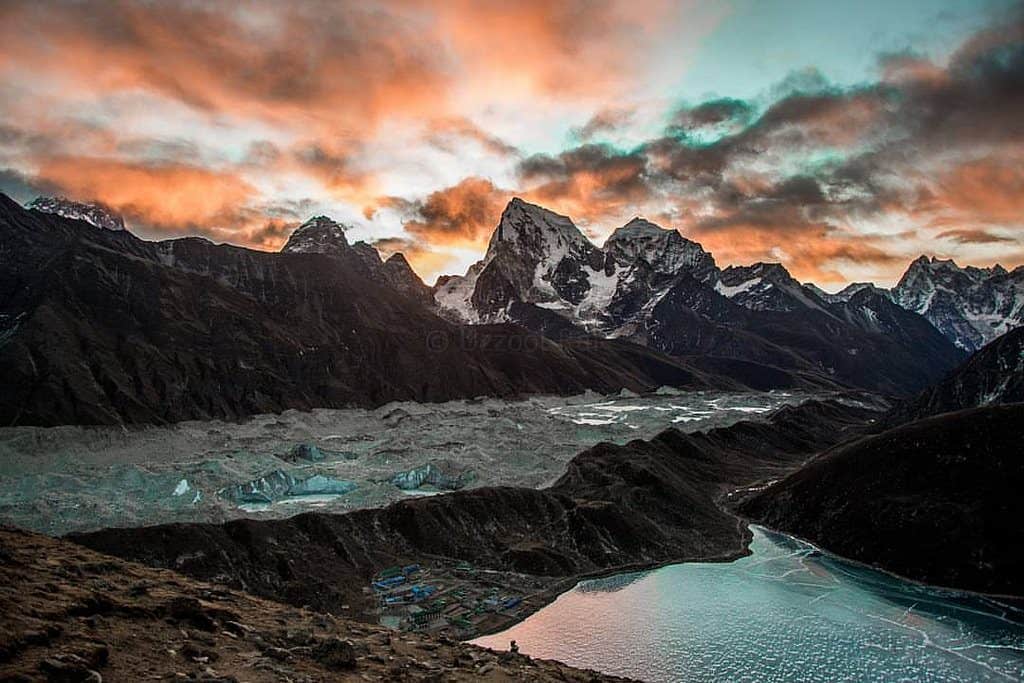
From Gokyo valley, we take the trail heading north toward Cho Oyu and after a 45-minute ascent, we get to the fourth and the largest lake in this trail. In clear weather, you can see the reflection of the big Cho Oyu in the lake’s blue and glassy waters. Located at 5000 meters, the lake’s location is also a great Everest view point.
From there, the fifth lake is an hour and a half away to the left. A hundred meters ahead and we reach the final lake which is frozen most times of the year.
The lakes are more beautiful during the trek season (mid-September to November) when the monsoon rains have cleared the sky of dust and the views are often spectacular. Shimmering in the sunlight, the blue or aquamarine lakes reflect the surrounding mountains like a mirror. We will have an amazing experience hiking beside the lakes with the view of the summit of Gokyo Ri looking in a short distance.
4. Off-the-Beaten-Path
The Gokyo Lakes trek tend to be less crowded than the more popular Everest Base Camp trek.
In this trek, we briefly follow this standard 12-day Everest Base Camp Trek route then branch towards a different direction passing Cho La Pass. So if you want to avoid communal buzz while trekking during the peak season, the Gokyo trek provides more serene moments than just trekking to EBC.
The Gokyo Lakes trek allows you to experience the standard EBC trek while also seeing the stunning Gokyo valley on your journey to the Everest.
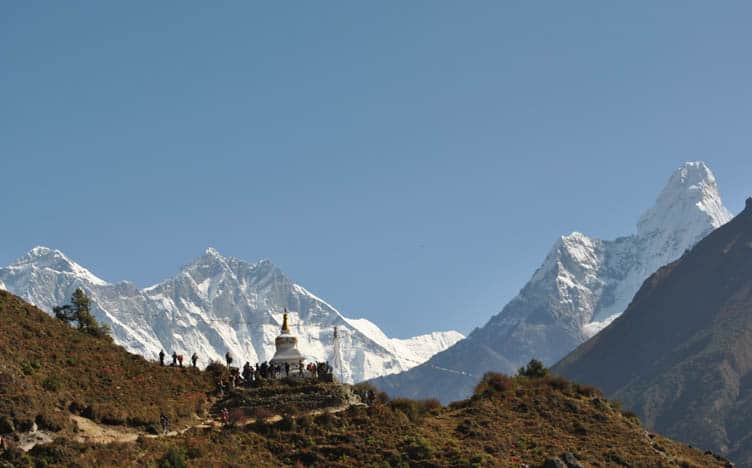
5. Trekking Season
The best season to take this trek is in autumn and spring. While you can still trek to Gokyo at any time of the year, remember that the sights, challenges, and number of crowd do vary per season.
The best time to trek to Gokyo is between mid-March to May and mid-September to November. During this period, the sky is usually clear, the views are spectacular and the weather is mild that makes the Everest Base Camp Trek in September and other trekking more enjoyable. In December to February, the views are the same but it can get very cold with snow, which makes the trek more challenging.
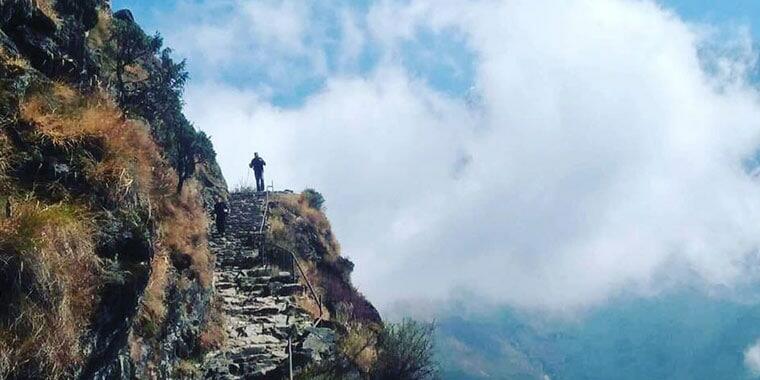
Meanwhile, in between February and May, while the rhododendrons and other flowers are blooming in the valleys during this period, the mountains can be a bit hazy with dust in the air. The trails are however snow-free and it can get quite warm.
Mosaic Adventure offers treks during this period which is perfect for those who can’t stand the cold and those who want to see the more magnificent floral scenery.
Ready to reach Gokyo lakes yourself and see its beauty?

Plan a trip with Mosaic Adventure! Accompanied by our well-trained and friendly guides or Sherpas, experience a memorable Gokyo Lake and EBC journey like no other.
Want more information? Send us your query, and our experts will get back to you within 24 hrs.
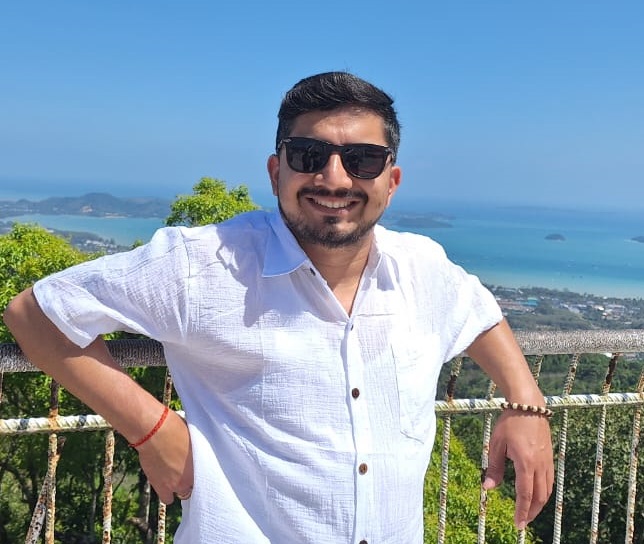
Madhav started working as a porter in 2001 and then moved on to work as a trekking guide. After working in the trekking and tourism industry for eight years, he co-founded Mosaic Adventure in 2009.
Madhav has trekked to most of the trekking destinations in Nepal, including Everest Base Camp Trek, Annapurna Base Camp, Annapurna Circuit Trek, Poon Hill Trek, Jomsom Muktinath Trek, Indigenous Peoples Trek, Langtang Valley Trek, Mardi Himal Trek, and all of the day hikes around Kathmandu.
He has also extensively traveled to other countries such as Australia, the USA, the UK, France, Hong Kong, Japan, China, the Philippines, the UAE, Saudi Arabia, Bahrain, Thailand, Turkey, and India. Madhav is the one who answers most of your questions about trekking and tours and helps to plan your trip by giving a personal touch.


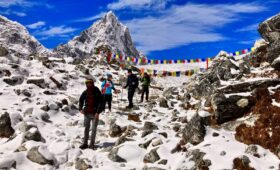
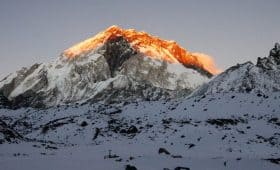
My brother suggested I might like this website. He was totally right. This post actually help me find out more about trek beyond Everest Base Camp. You cann’t imagine just how much time I had spent for this information! Thanks!